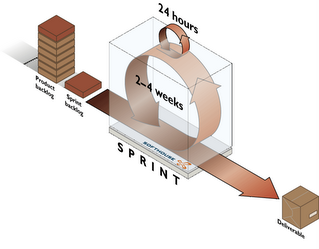Bjarne Stroustrup, inventor of C++, on what's wrong with most software ...

The Problem with Programming
By Jason Pontin, Tuesday, November 28, 2006
In the 1980s and 90s, Bjarne Stroustrup designed and implemented the C++ programming language, which popularized object-oriented programming and influenced numerous other programming languages, including Java.
C++ remains the archetypal "high level" computer language (that is, one that preserves the features of natural, human language), and it is still used by millions of programmers. Many of the systems and applications of the PC and Internet eras were written in C++. For all that, the language remains controversial, largely because it is notoriously difficult to learn and use, and also because Stroustrup's design allows developers to make serious programming mistakes in the interest of preserving their freedom.
Stroustrup, for many years a researcher at AT&T Bell Labs, is now a professor of computer science in the Department of Engineering, at Texas A&M University, near Houston.
Technology Review: Why is most software so bad?
Bjarne Stroustrup: Some software is actually pretty good by any standards. Think of the Mars Rovers, Google, and the Human Genome Project. That's quality software! Fifteen years ago, most people, and especially most experts, would have said each of those examples was impossible. Our technological civilization depends on software, so if software had been as bad as its worst reputation, most of us would have been dead by now.
On the other hand, looking at "average" pieces of code can make me cry. The structure is appalling, and the programmers clearly didn't think deeply about correctness, algorithms, data structures, or maintainability. Most people don't actually read code; they just see Internet Explorer "freeze."
I think the real problem is that "we" (that is, we software developers) are in a permanent state of emergency, grasping at straws to get our work done. We perform many minor miracles through trial and error, excessive use of brute force, and lots and lots of testing, but--so often--it's not enough.
Software developers have become adept at the difficult art of building reasonably reliable systems out of unreliable parts. The snag is that often we do not know exactly how we did it: a system just "sort of evolved" into something minimally acceptable. Personally, I prefer to know when a system will work, and why it will.
TR: How can we fix the mess we are in? ... Click here to find out!







